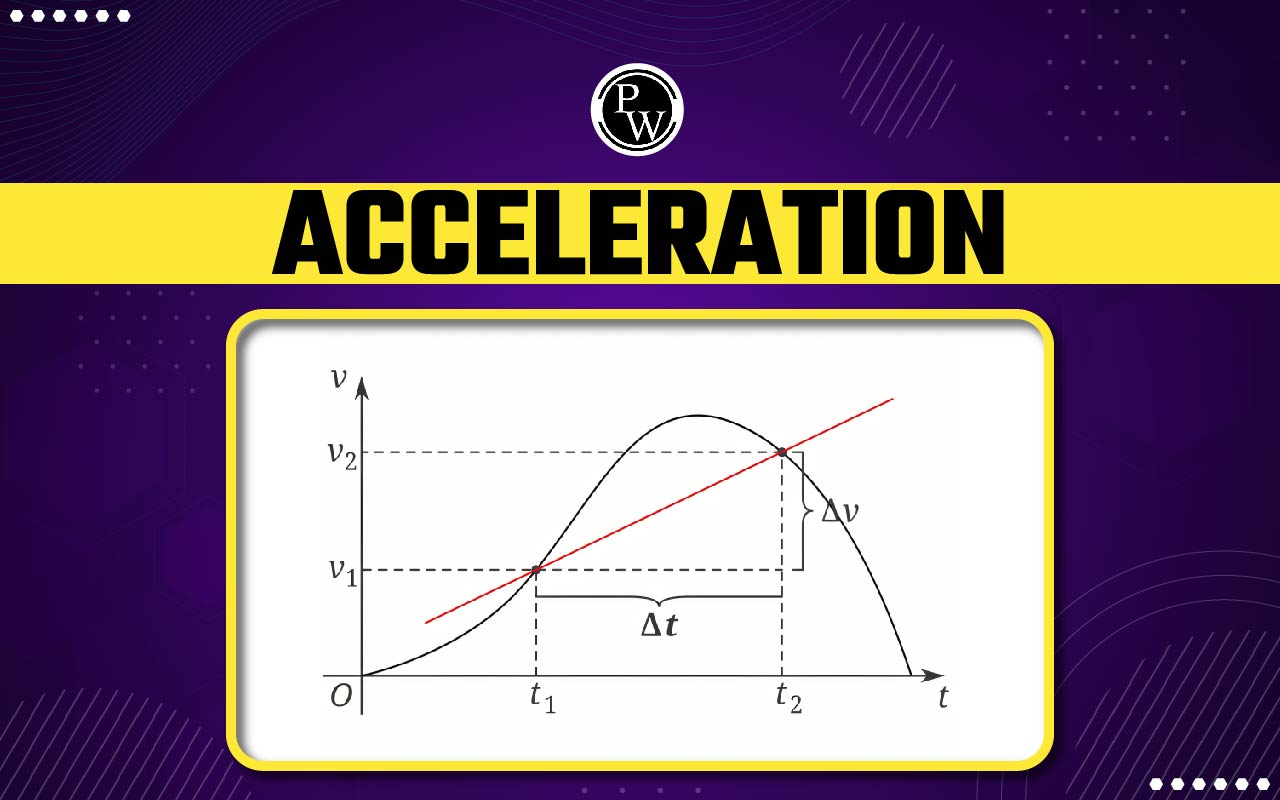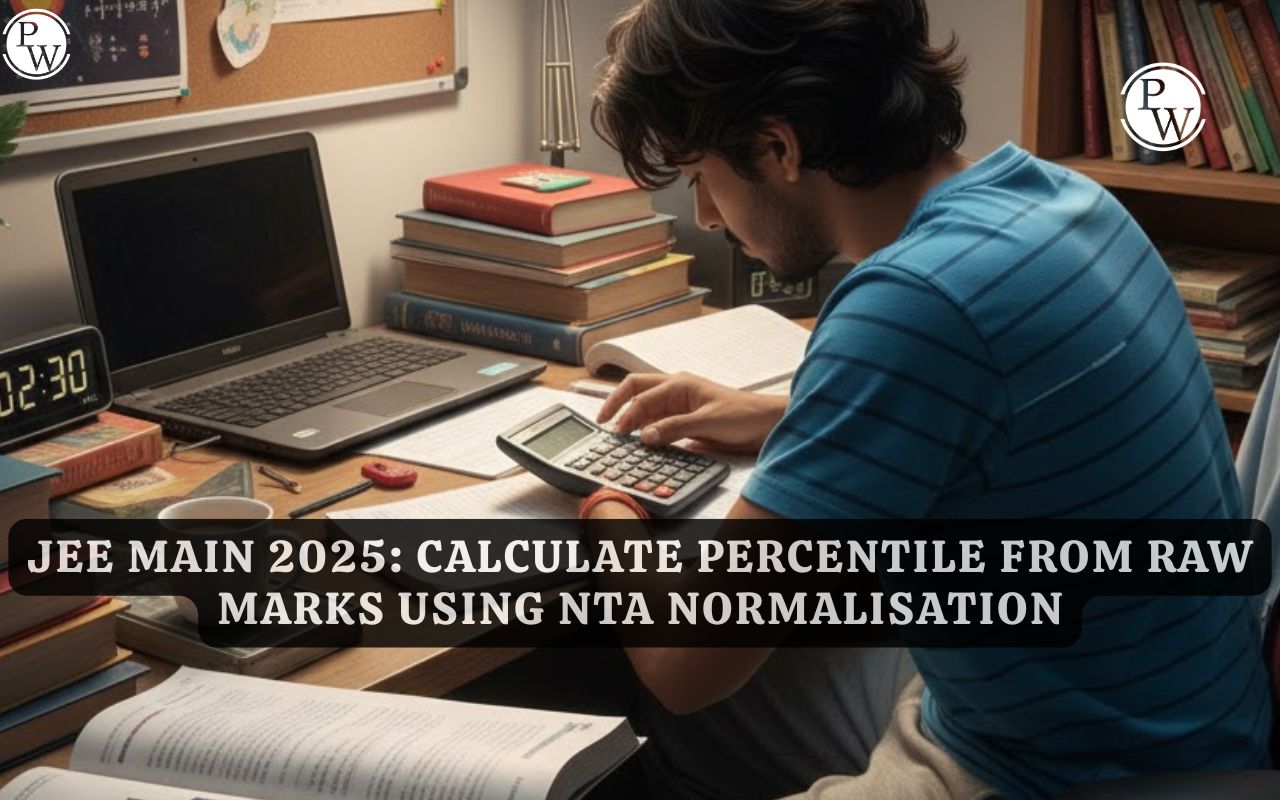

Acceleration :
The rate of change of velocity with respect to time is called acceleration. As the acceleration has both magnitude and direction, it is a vector quantity. The unit of acceleration is
.
Retardation or Deceleration
Retardation or Deceleration : A moving object can have positive, negative, and zero acceleration. In a straight-line motion, if the final velocity is greater than the initial velocity, the object is said to have a positive acceleration. If both final and initial velocities are the same, the object is said to have no acceleration or zero acceleration. In a straight-line motion, if the final velocity is lesser than the initial velocity, the object is said to have a negative acceleration. Negative acceleration is called retardation or deceleration.
Average acceleration
Average Acceleration : When we divide the change in velocity by the time taken to change the velocity, we get the average acceleration. The equation for acceleration is, Acceleration =Instantaneous Acceleration
Instantaneous Acceleration : In the expression for average acceleration, if we limit the time to zero, we will get the instantaneous acceleration.
Let us consider an object whose velocity at any time t is given by 3
t
. The acceleration of the object will be 3
. Oppositely, we can find the velocity from a given expression of acceleration. The change in velocity will be given by integrating the acceleration with respect to time.
Constant Acceleration
Constant Acceleration : When an object is moving with an acceleration that does not change its magnitude and direction, the object is said to have a constant acceleration. During this motion, the object changes its velocity by a constant amount every second. An object with constant velocity is said to have zero acceleration.
Non-uniform acceleration : If an object changes its velocity by unequal amount in each second, the object is said to have a non-uniform acceleration.
Direction of acceleration : In a one-dimensional motion, if the object is speeding up, then the direction of the acceleration will be in the direction of motion. But, if the object is slowing down, the direction of acceleration will be opposite to the direction of motion.
Types Of Accelerations
1) Gravitational acceleration: - When an object falls toward the earth, its velocity increases in each second by a value of 9.8m/s. That means the object accelerates due to the gravitational force.
2) Centripetal acceleration: - In a circular motion, the direction of motion keeps on changing. That is, there is a change in the velocity vector. The acceleration responsible for this change in direction is called centripetal acceleration. The centripetal acceleration is directed towards the center of the circle.
3) Angular acceleration: - The rate of change of angular velocity is termed as angular acceleration. The direction of the angular acceleration is along the axis of circular motion. The unit of angular acceleration is radian/s 2 .
4) Tangential acceleration : - In a circular motion, the rate of change of tangential velocity is termed as tangential acceleration. The tangential acceleration will be positive if the magnitude of tangential velocity increases with time. The tangential acceleration will be negative if the magnitude of tangential velocity decreases with time. The tangential acceleration will be zero, in case there is no change in the magnitude of the tangential velocity.
Examples Of Acceleration
1. The displacement of a particle is represented by the following equation:
s = 3 t 3 + 7 t 2 + 5 t + 8
Where s is in meters and t in seconds. The acceleration of the particle at t = 1s is
Sol:
2. A particle is moving so that its displacement is given as s = t 3 – 6 t 2 + 3 t + 4 meter. Its velocity at the instant when its acceleration is zero will be:
Acceleration FAQs
Q.1 : Is acceleration a vector quantity or a scalar quantity?
Q.2 : Can acceleration have a negative value?












